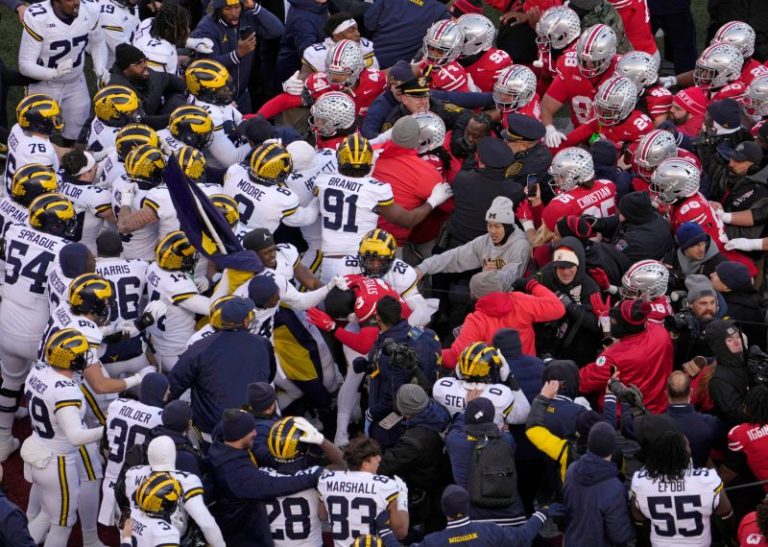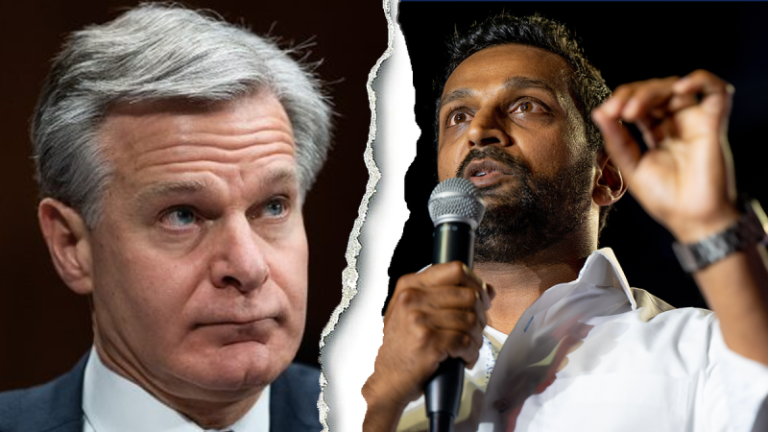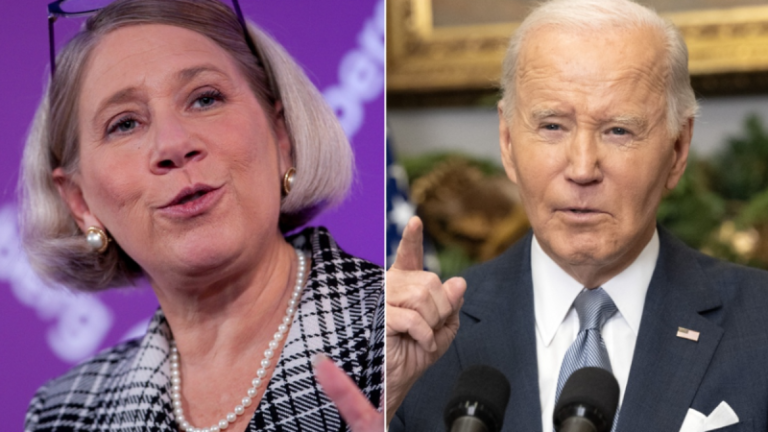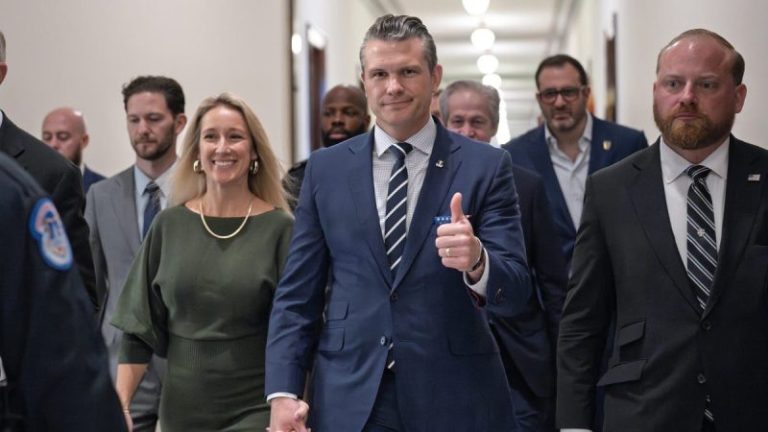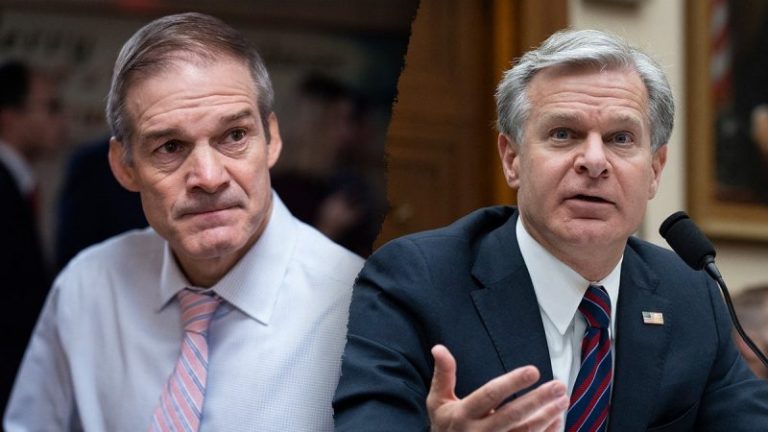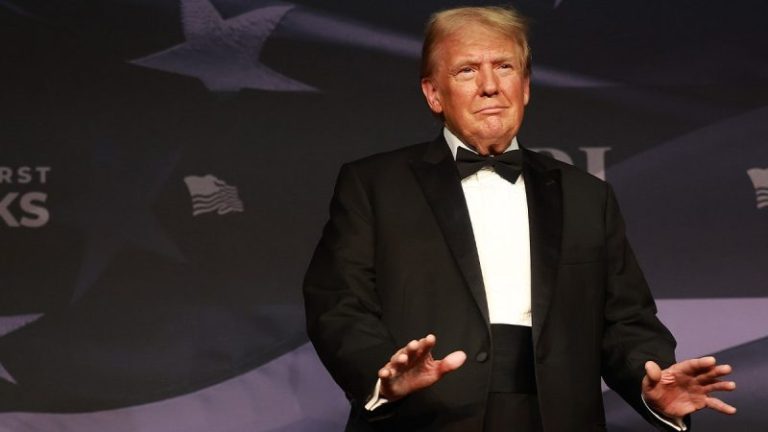The Ohio State University Police Department said three different officers deployed pepper spray during a brawl at Ohio Stadium after the Buckeyes’ surprising loss to the Michigan Wolverines on Nov. 30.
The brawl broke out when players from Michigan attempted to plant a flag on the Block O at midfield after defeating the Buckeyes 13-10. Ohio State’s players and coaches were gathered to sing ‘Carmen Ohio,’ a postgame tradition.
Amid the melee, pepper spray was deployed by officers from the University of Michigan Police Department, Franklin County Sheriff’s Office and the Ohio State University Police Department, OSU spokesman Dan Hedman said in a statement Wednesday. One officer from each department used pepper spray, the university said.
The use of pepper spray is under review. The department’s standard protocol is to review any use of force, Hedman said.
Ohio State police are permitted to use pepper spray when it is ‘objectively reasonable’ to defend police or others from physical harm, Hedman said. He added that one OSU officer suffered a head injury. The officer was transported to a hospital for medical treatment and released.
No charges have been filed, Ohio State said in its Wednesday statement. The Big Ten fined each team $100,000 for the fight.
What does the body cam footage show?
Ohio State released new body camera footage from the brawl Wednesday morning, a day after the Franklin County Sheriff’s Office released its own. The officers attempted to pull players away from the brawl, then formed a line at the 50 yard line to keep the teams separate.
‘Start lining up on the 50, we’re going to keep them separated,’ an officer said. Officers were then commanded to ‘hold the 50.’
Footage showed multiple Ohio State players walking away from the center of the field with their eyes covered. A member of the OSU staff said to another that someone had sprayed pepper spray.
Officers in the video noticed the pepper spray, but the body camera footage doesn’t show which officer deployed it.
‘I don’t know who the (expletive) sprayed mace,’ an officer said to another as the brawl was brought under control.
Tensions continued to flare as police worked to separate the teams.
In one clip, a Michigan player can be heard saying, ‘We won, why should we get off the field?’
An OSU player was restrained by a member of coaching staff. He shouted, ‘They’re not (expletive) planting a flag on our field. (Expletive) that (expletive). (Expletive) those guys.’
Bodycam footage shows taser out during OSU-Michigan brawl
Footage released Tuesday by the Franklin County Sheriff’s Office revealed that officers used the threat of Tasers in an attempt to get control, including one deputy pressing his stun gun into a Michigan player’s back.
One angle from the brawl shows a supervising deputy from the FCSO as he makes his way into the middle of the melee to help an OSU police officer being trampled on the ground. After the OSU officer got back on their feet, the Franklin County Sheriff’s deputy ordered Michigan players to separate, and other deputies tried to gain control.
The deputy who responded is also seen with a Taser placed on the lower back of a Michigan player as he leads him out of the fray.
The second angle from another sheriff’s deputy’s camera shows the continued chaos as a deputy tries to separate members of both teams.
One Michigan player is seen angrily confronting law enforcement as an officer restrains him from behind. Several officers are also heard calling to other officers to regroup on the field. Nothing is seen on the camera at one point as the deputy falls to the ground.
The third video released by the sheriff’s office, captured from the view of another deputy trying to reach two other officers on the ground, shows him heading into the middle of the brawl and ordering players to get back. Either an officer or the deputy is heard threatening players with a Taser. As he heads into the fray, he turns around, pulls out a pepper spray canister and tells all of the players in front of him to get back.
The video ends with the different law enforcement agencies attempting to regroup on the field.
The FCSO told The Dispatch on Tuesday that they did not make any arrests or citations during the incident or after.
bagallion@dispatch.com

